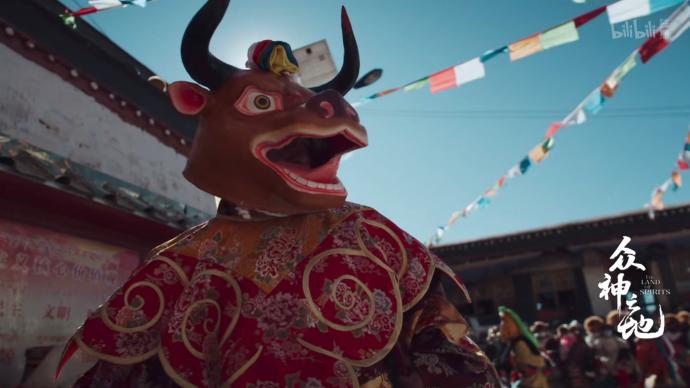
The Asian elephant, which has come into the human field of vision because of frequent hiking, the sea elf white dolphin with charming pink skin as it changes with age, the wild yak, which is different from ordinary animals because of its religious significance, is active in the mysterious land of the north and the sacred mountain of Manchu The Amur tiger is the four most noteworthy animals.
They have been used as totems in ancient times, and have been given many religious meanings in later generations; they are animals at the top of the food chain, and as "flagship species", their reproduction and survival are a barometer of the ecological status of a certain region. Animals with high IQs are struggling to survive, which indicates that there are serious problems in the local ecology.
The documentary "Land of the Gods", which was recently launched on station B, tells the stories of these four animals.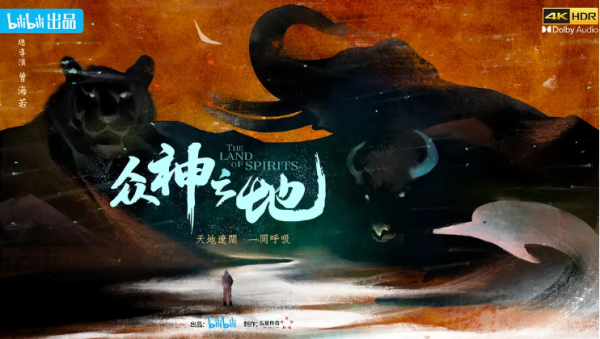
Wild Yak: About Awe
The stories of different animals have different themes, and in the first episode of "Reincarnation of the Wilderness" - the story of the wild yak, we will always feel awe.
For Tibetans, the meaning of wild yak is above all animals. The yak, especially the wild yak, which is huge in size and shows wildness and divinity, is considered to be the protector of Buddhism. In the annual Chozhuba event in Tibetan areas, monks wear wild yak head masks and dance to communicate with each other. Man and God.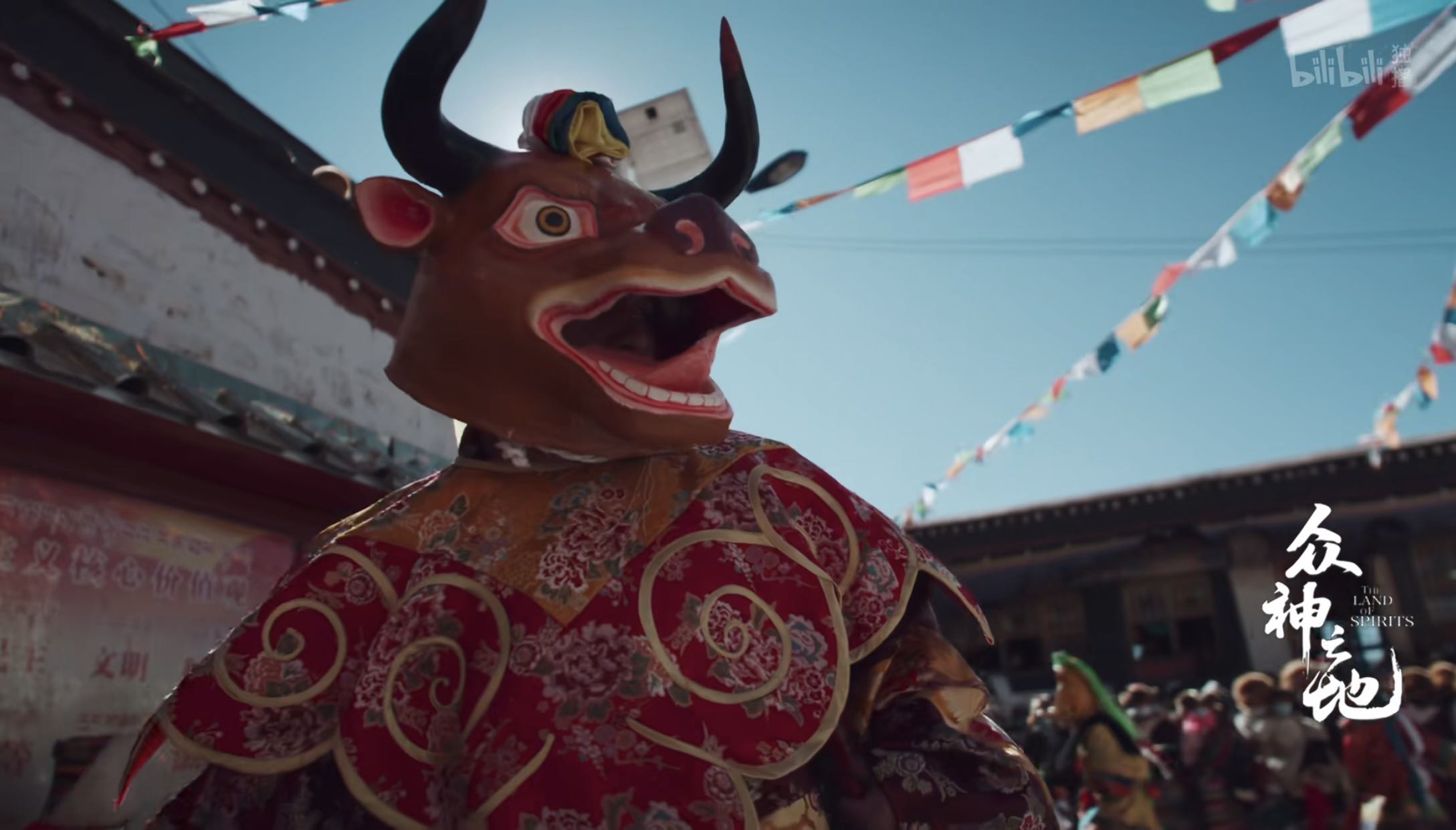
Every summer when the breeding season comes, wild yaks wandering in the wilderness will come to the place where humans and domestic yaks live, bringing turmoil to the yak herd with absolute power. is the master here. They renew the domestic yak herd, which has become increasingly impoverished and weak because of being kept in captivity, with strong wild genes, and also remind the domestic yak to be free rather than tame with such a blood connection.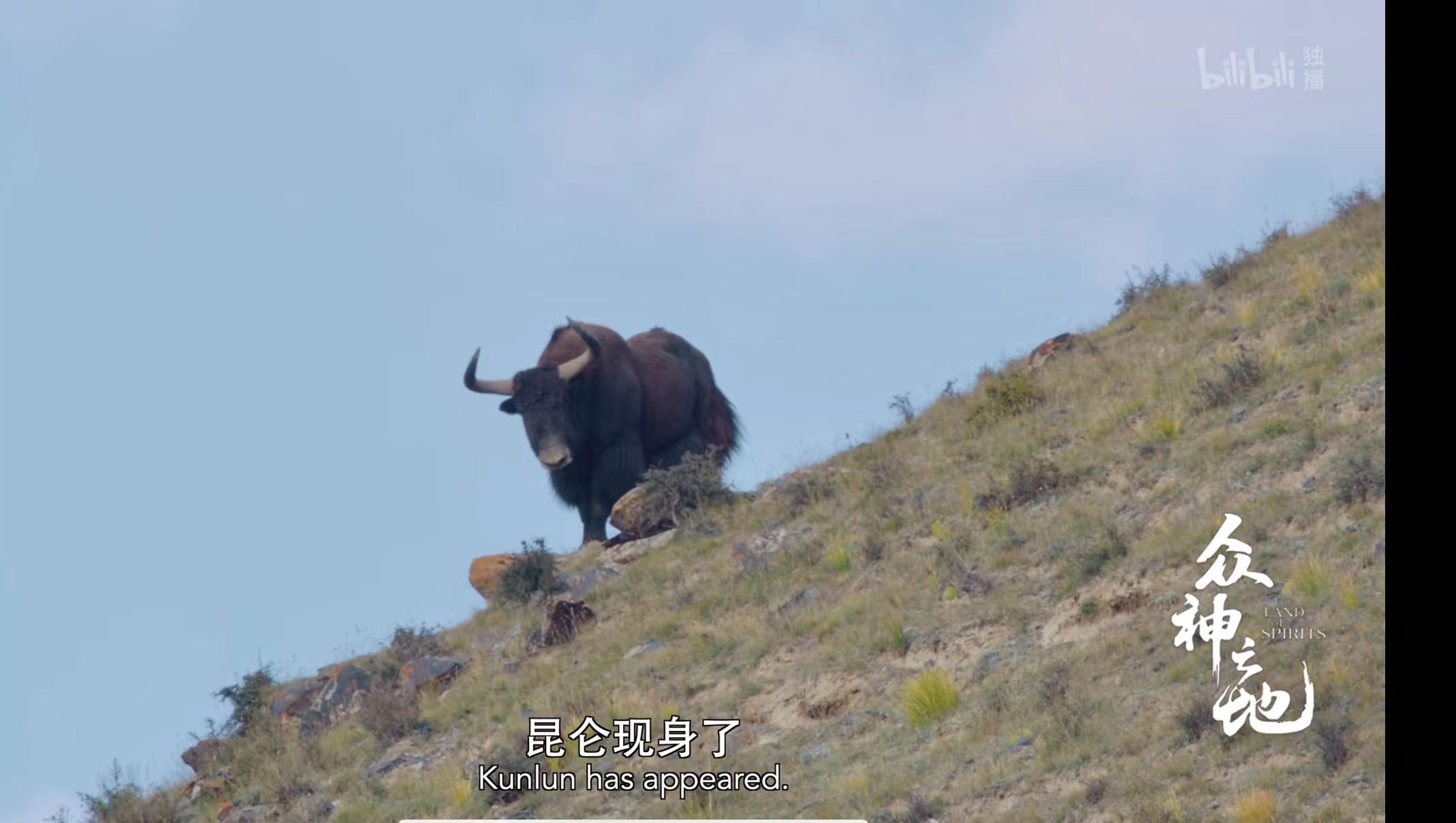

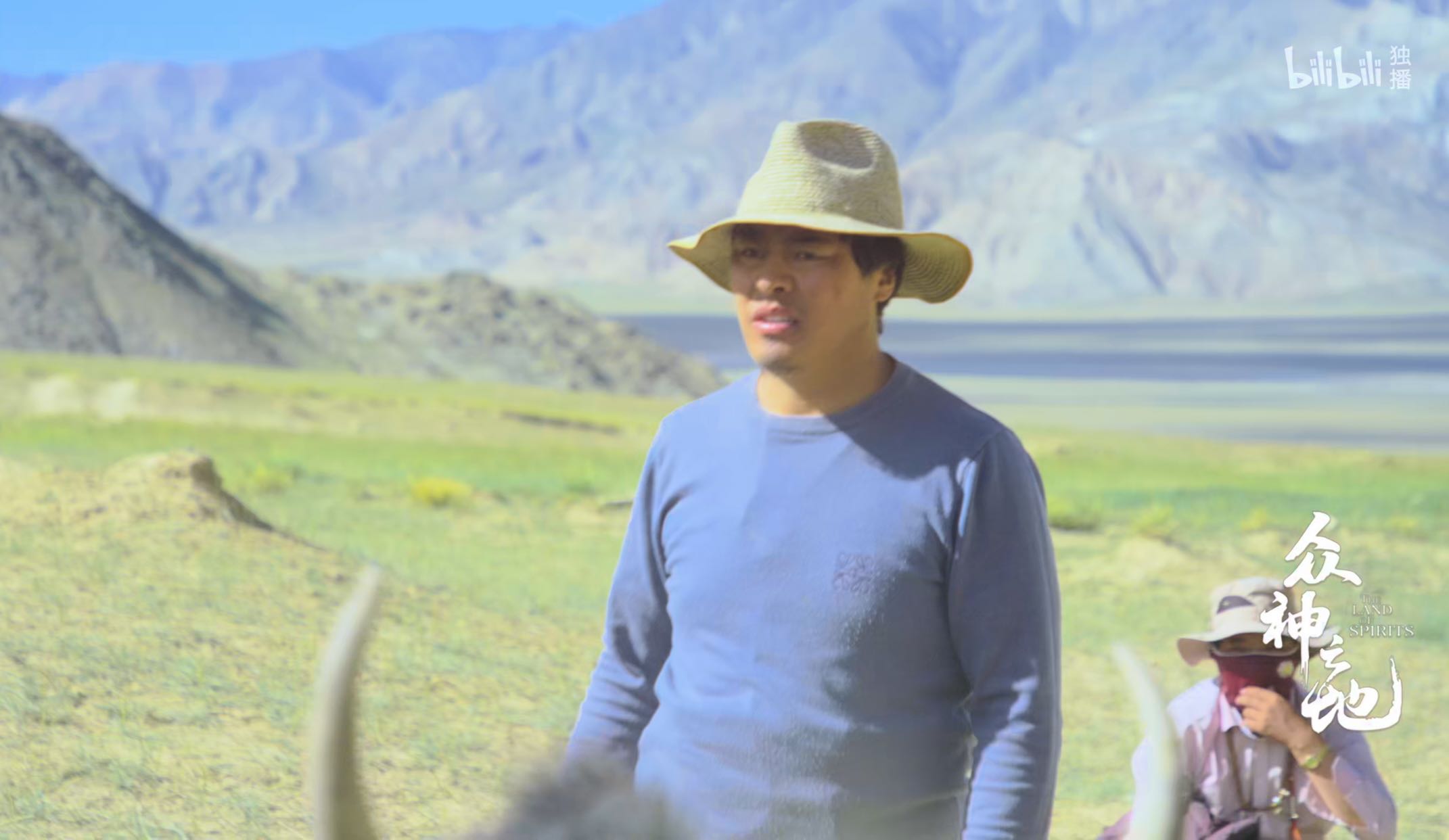
Moreover, animals are observing people all the time. In this episode of the wild yak, frequent eye contact appears. "They can't speak, and their eyes seem to have more meanings, so I put special emphasis on expressing the cow's eyes, which is actually quite difficult, because its eyes are more black and white, so it is not easy to see most of the time, We can only keep adjusting in the later stages.”
In this episode of Asian Elephant, the fourth is a young male elephant, and this summer is a little unusual for him - the eldest dad, who lives alone, is suddenly back. It turned out that two baby elephants were born in the family this year. In order to protect the young lives, the elephant group decided to migrate back to Mengxiang, which is also a village with a population of 15,000 and Zhao Ping, a forest ranger. The elephant herds with baby elephants are extremely vigilant and moody. Zhao Ping constantly monitors and releases the dynamics of the elephant herds, and the locals arrange work according to the "elephant time" to avoid human-elephant conflicts.
As we know in the news, Asian elephants continue to flee.
Following the mighty excursion last year, three groups of wild Asian elephants have recently left the nature reserve and ran away from home in Yunnan Wild Asian Elephant Nature Reserve.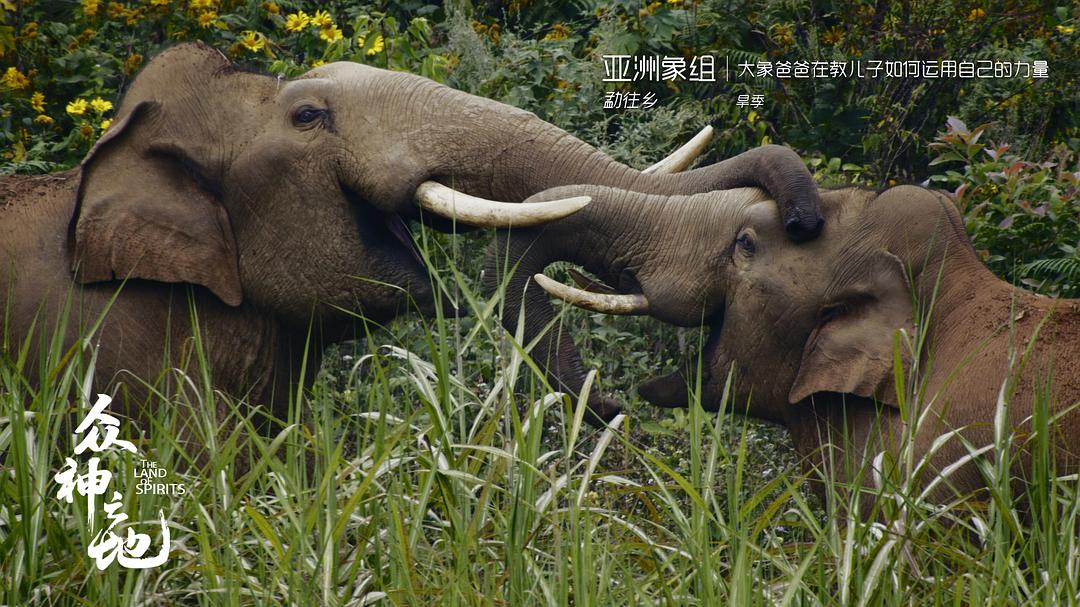
"Actually every elephant herd is eager to find their own homeland. The place they are staying may not be theirs. They all came here from somewhere and then got stuck here. So they want to break through, but where do they go? No way, there are expressways everywhere, and it is very difficult for them to cross a concrete road, let alone a village or a city, and of course rivers and reservoirs. Many The river itself is in their memory, but as soon as the reservoir was repaired, the river rose and they couldn't go on."
This sense of deprivation is more reflected in the seemingly insignificant supporting animals in the documentary.
For example, the dull-headed rock heron that appeared in the same episode as the aura-filled white dolphins built their nests on the rocks under the large gravel on the small island, and their small mouths can only eat small-sized fish floating on the water. They are driven by the ships coming and going in the human harbour and the loud whistle. They search the coast in the turbulent waves at high tide and can't find a rock to rest on. The rock heron is always so hungry and lost.
At the operational level, the continuous walking of Asian elephants also made it difficult to shoot. When an aerial camera captures an elephant's walk from the sky, there is no story. "You have to get close to it to tell a story." And when the filming team worked so hard to climb over a mountain, the elephant had already walked a few mountains away.
White Dolphin: You'll Never Understand It
The White Dolphin documentary is titled "Pink Memories". The Chinese white dolphin is a mysterious and unpredictable spirit in the vast ocean, and people are full of unknown and curious about it.
In the story, as a ranger in Jiangmen Chinese White Dolphin Sanctuary, Feng Kangkang has been committed to the rescue of Chinese white dolphins - helping Chinese white dolphins that strayed into the inland river to return to the sea, but the previous rescues all ended in failure. Dr. Huang Xianglin is a marine scientific researcher who has devoted his life to the study of Chinese white dolphins. But there are still many mysteries in the white dolphin that he cannot find out. These unexplained behaviors made him think about how to find a balance between the protection of the white dolphin and human activities.
This episode of White Dolphin shows the helplessness of humans when faced with animals.
Zeng Hairuo believes, "When we really get along with animals, I come to the conclusion that we'd better keep them away from us, and our best way is to keep our distance from them. Or in a sense, you know Its purpose is to approach and help them, but to awe."
They have been used as totems in ancient times, and have been given many religious meanings in later generations; they are animals at the top of the food chain, and as "flagship species", their reproduction and survival are a barometer of the ecological status of a certain region. Animals with high IQs are struggling to survive, which indicates that there are serious problems in the local ecology.
The documentary "Land of the Gods", which was recently launched on station B, tells the stories of these four animals.

Land of the Gods poster
At the filming meeting, Zeng Hairuo, the chief director of "Land of the Gods", introduced that this documentary is very different from the previous BBC documentary series and the well-known "Dynasty". Although animals are the main subjects, "our interest is not in animals. In a sense, these animals are actually conveying the voice of nature. For example, the Siberian tiger is a very important god for shamanism, and it is the messenger of communication between heaven and earth. Animals are what we observe around and observe the earth. In one way, we wanted to tell the relationship between man and nature through this film, so it’s essentially a humanities documentary, just borrowing the concept of animals.”Wild Yak: About Awe
The stories of different animals have different themes, and in the first episode of "Reincarnation of the Wilderness" - the story of the wild yak, we will always feel awe.
For Tibetans, the meaning of wild yak is above all animals. The yak, especially the wild yak, which is huge in size and shows wildness and divinity, is considered to be the protector of Buddhism. In the annual Chozhuba event in Tibetan areas, monks wear wild yak head masks and dance to communicate with each other. Man and God.

"Land of the Gods" stills
In addition to these moments that have been identified as cultural traditions, the influence of the wild yak continues in the present. "Reincarnation in the Wilderness" focuses on how modern herders get along with wild yaks. When the earliest Tibetan ancestors domesticated some wild yaks and were able to survive in barren Tibetan areas, they did not own the yak species once and for all.Every summer when the breeding season comes, wild yaks wandering in the wilderness will come to the place where humans and domestic yaks live, bringing turmoil to the yak herd with absolute power. is the master here. They renew the domestic yak herd, which has become increasingly impoverished and weak because of being kept in captivity, with strong wild genes, and also remind the domestic yak to be free rather than tame with such a blood connection.

Wild yak appearing in the wilderness

The exceptionally powerful body of the wild yak is in sharp contrast to the domestic yak
The shooting team used a lot of upside-down shots to show the oppression brought by the appearance of this god-like animal. Zeng Hairuo told The Paper that the so-called humanity is also reflected here: you don't expect to be able to master animals, you just need to record the animals you feel at the scene, "How do you see it, how do you feel it? You feel it. What is more important than what they actually are. What we have to do is to turn the combined impressions we get on the spot, through chatting with experts and locals, into a story." The intuitive deterrence of the claw is converted into the pressure it brings when playing a game with people.
Facing the wild yaks helpless herdsmen
Zeng Hairuo said that flagship animals have far more sensory abilities than humans, and no matter how advanced you are with equipment, you can only photograph them if you are willing to be photographed. They can feel your breath, like a herd of yaks, and it took us over 20 days to photograph them by accident.Moreover, animals are observing people all the time. In this episode of the wild yak, frequent eye contact appears. "They can't speak, and their eyes seem to have more meanings, so I put special emphasis on expressing the cow's eyes, which is actually quite difficult, because its eyes are more black and white, so it is not easy to see most of the time, We can only keep adjusting in the later stages.”

Ono Yak Shining Eyes
Asian Elephants: On Change and LossIn this episode of Asian Elephant, the fourth is a young male elephant, and this summer is a little unusual for him - the eldest dad, who lives alone, is suddenly back. It turned out that two baby elephants were born in the family this year. In order to protect the young lives, the elephant group decided to migrate back to Mengxiang, which is also a village with a population of 15,000 and Zhao Ping, a forest ranger. The elephant herds with baby elephants are extremely vigilant and moody. Zhao Ping constantly monitors and releases the dynamics of the elephant herds, and the locals arrange work according to the "elephant time" to avoid human-elephant conflicts.
As we know in the news, Asian elephants continue to flee.
Following the mighty excursion last year, three groups of wild Asian elephants have recently left the nature reserve and ran away from home in Yunnan Wild Asian Elephant Nature Reserve.

"Land of the Gods" stills
Zeng Hairuo explained that it was the memories of the elephants that controlled them from generation to generation: "Elephants have super-strong memories, and this memory is passed down from generation to generation, with hereditary influences, the world in the elephant's brain is Very large, they used to walk all over the world, but then gradually retreated and shrunk, and they were confined to so-called nature reserves.""Actually every elephant herd is eager to find their own homeland. The place they are staying may not be theirs. They all came here from somewhere and then got stuck here. So they want to break through, but where do they go? No way, there are expressways everywhere, and it is very difficult for them to cross a concrete road, let alone a village or a city, and of course rivers and reservoirs. Many The river itself is in their memory, but as soon as the reservoir was repaired, the river rose and they couldn't go on."
This sense of deprivation is more reflected in the seemingly insignificant supporting animals in the documentary.
For example, the dull-headed rock heron that appeared in the same episode as the aura-filled white dolphins built their nests on the rocks under the large gravel on the small island, and their small mouths can only eat small-sized fish floating on the water. They are driven by the ships coming and going in the human harbour and the loud whistle. They search the coast in the turbulent waves at high tide and can't find a rock to rest on. The rock heron is always so hungry and lost.
At the operational level, the continuous walking of Asian elephants also made it difficult to shoot. When an aerial camera captures an elephant's walk from the sky, there is no story. "You have to get close to it to tell a story." And when the filming team worked so hard to climb over a mountain, the elephant had already walked a few mountains away.
White Dolphin: You'll Never Understand It
The White Dolphin documentary is titled "Pink Memories". The Chinese white dolphin is a mysterious and unpredictable spirit in the vast ocean, and people are full of unknown and curious about it.
In the story, as a ranger in Jiangmen Chinese White Dolphin Sanctuary, Feng Kangkang has been committed to the rescue of Chinese white dolphins - helping Chinese white dolphins that strayed into the inland river to return to the sea, but the previous rescues all ended in failure. Dr. Huang Xianglin is a marine scientific researcher who has devoted his life to the study of Chinese white dolphins. But there are still many mysteries in the white dolphin that he cannot find out. These unexplained behaviors made him think about how to find a balance between the protection of the white dolphin and human activities.
This episode of White Dolphin shows the helplessness of humans when faced with animals.

"Land of the Gods" stills
For example, the white dolphin, "You know that when it goes to the inland river, its skin will fester and die soon, but no matter how you drive it away, it just keeps wandering around and doesn't want to turn around and go back to the ocean. Scientifically speaking, it should go back to the ocean to save its life, but What we feel is not like this, what we feel is that it doesn’t want to go back to the ocean. So when we were making a documentary, I also emphasized that you can feel it, don’t jump to conclusions, because it’s useless to draw conclusions.”Zeng Hairuo believes, "When we really get along with animals, I come to the conclusion that we'd better keep them away from us, and our best way is to keep our distance from them. Or in a sense, you know Its purpose is to approach and help them, but to awe."
Related Posts